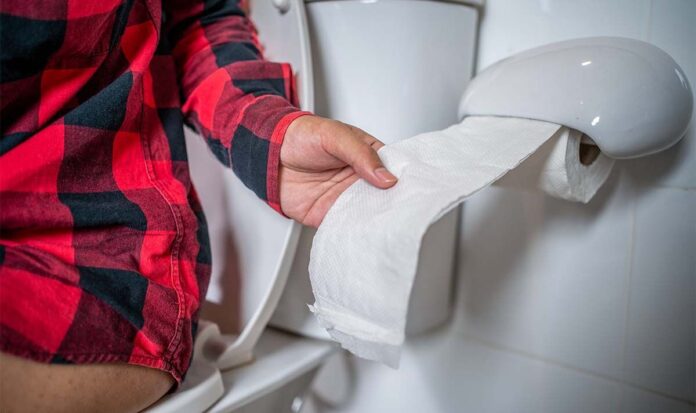As the name suggests, alcohol-related liver disease (ARLD) is triggered by consuming large amounts of the popular yet unhealthy drink – alcohol. Over time, this condition can lay the groundwork for serious problems like generally irreversible liver damage and scarring of the organ. Fortunately, a doctor has shared one warning sign that could indicate that ARLD has started.While enjoying the occasional G&T won’t set off alcohol-related liver disease, drinking excessively won’t show the same kindness to your liver.According to Doctor Deborah Lee from Dr Fox Online Pharmacy, the ‘early’ stages of this condition might show no symptoms at all but one ‘early’ sign could be acholic stools.Acholic stools are characterised by a clay-coloured appearance due to the lack of bile pigment, according to the National Library of Medicine.Doctor Lee said: ‘Your poo is brown because it contains the bile pigment, bilirubin. The liver produces bile which contains large amounts of bilirubin.READ MORE: Acholic stools are ‘the most common’ sign of pancreatic cancer in ‘initial’ stages Alcohol-related liver disease: ‘Early’ symptoms include acholic or pale greasy stools. (Image: GETTY)’In a healthy person, bile flows out of the bile duct into the first part of the intestines – the duodenum – and is mixed with the intestinal contents.’But in alcoholic liver disease, excess alcohol intake has caused liver cells to become inflamed – this is called alcoholic hepatitis.’This disruption to your liver function blocks bile from flowing freely through your liver.Once this happens, bilirubin travels from your liver into your bloodstream which causes the skin and the whites of the eyes to turn yellowish – a condition known as jaundice.DON’T MISS ‘Because bile is not reaching the intestines, the stools become pale, putty-coloured.” (Image: GETTY) Unlike ARLD, fatty liver disease isn’t caused by alcohol. (Image: Express.co.uk)The doctor said: ‘Specialists believe most people diagnosed with the condition have been drinking at least 3.5 ounces (100g) of alcohol every day for about 20 years – this equates to seven glasses of wine, seven beers or seven measures of spirits a day.’The good news is that quitting drinking in the early stages of alcohol-related liver disease could still help.Doctor Lee: ‘In the early stages, alcoholic hepatitis can be reversed by stopping drinking alcohol. This may take six to 12 months.’Even if the disease is advanced, stopping drinking alcohol will help improve liver function.’While kissing alcohol goodbye is considered the most reliable prevention, sticking to the recommended limits of not regularly drinking more than 14 units a week could also help, according to the NHS.


